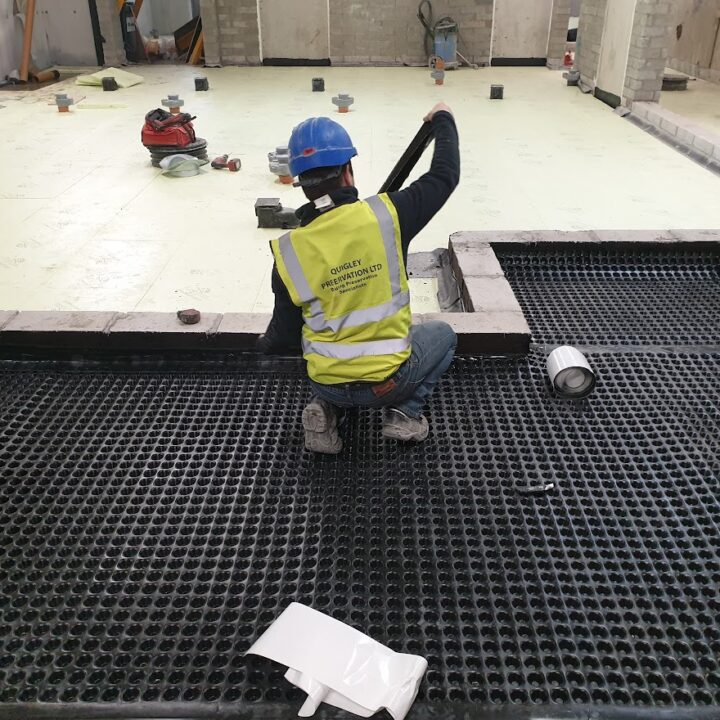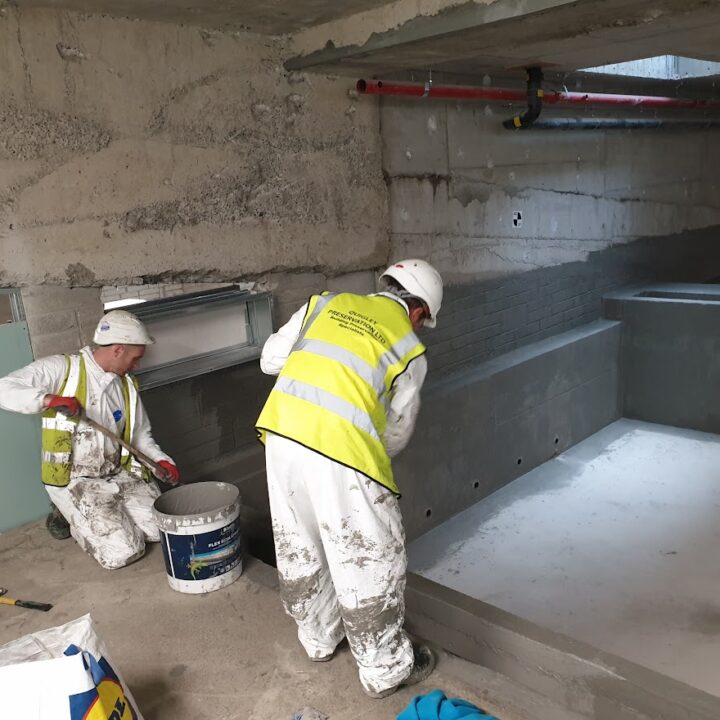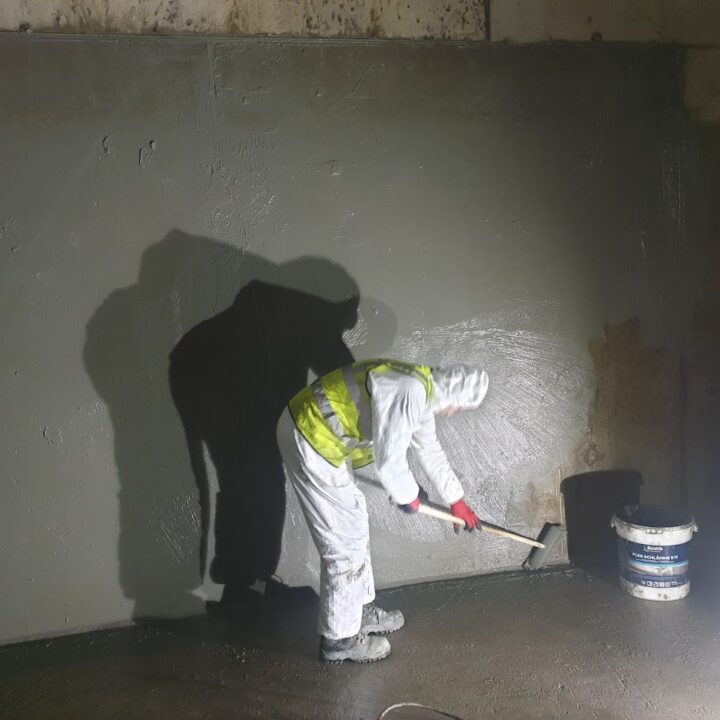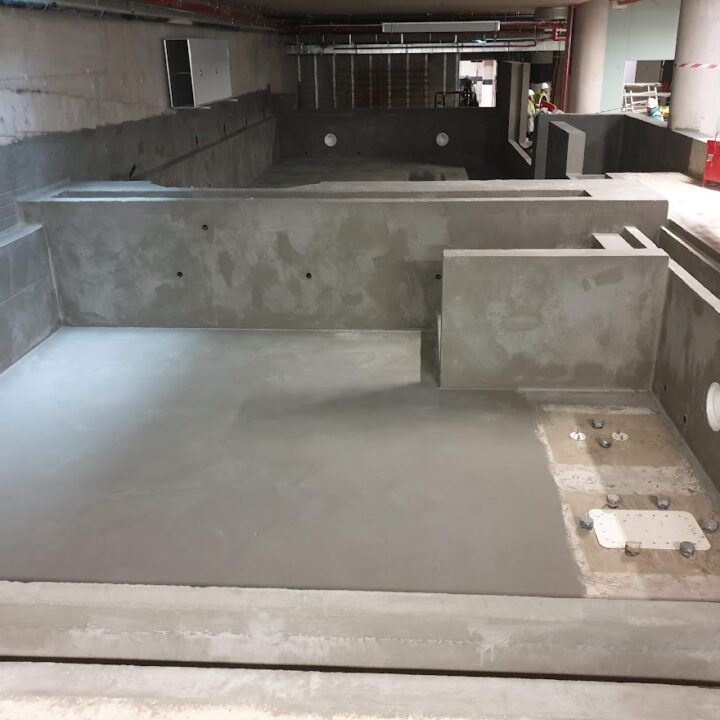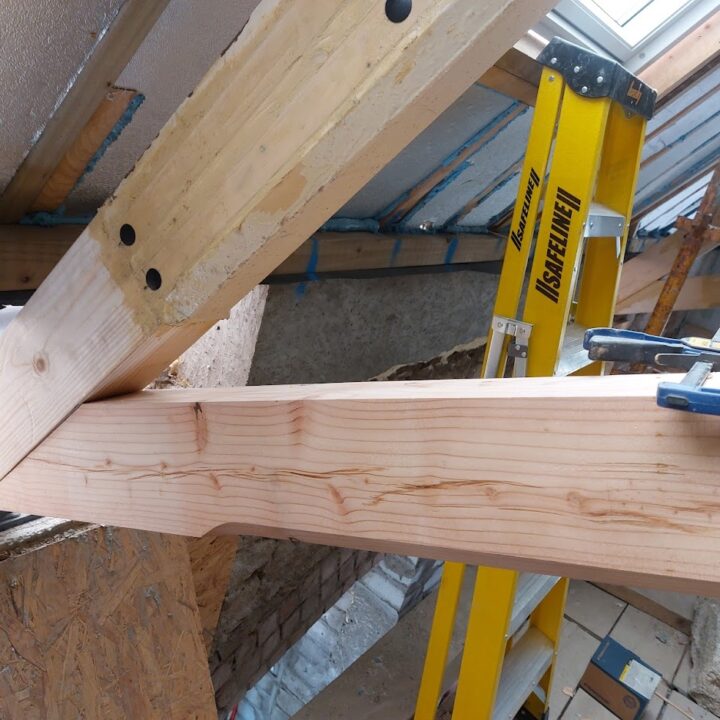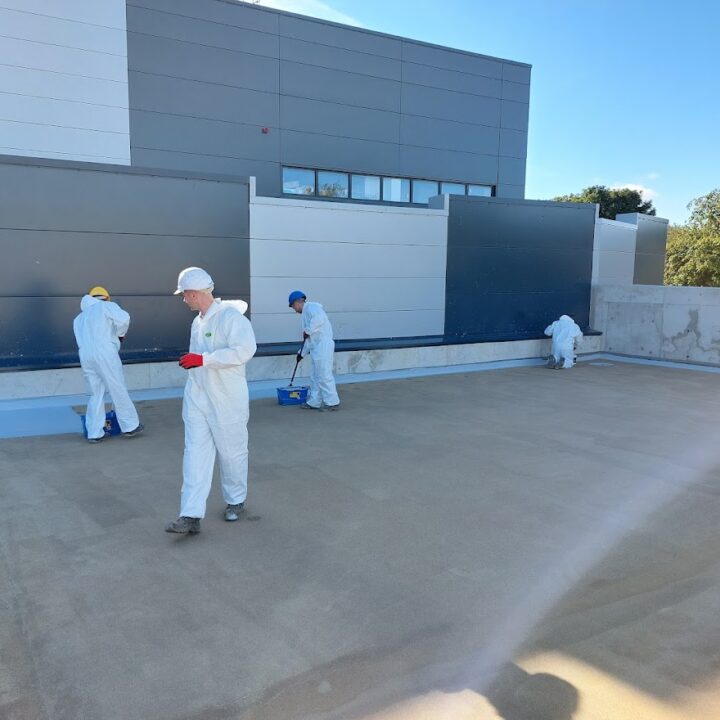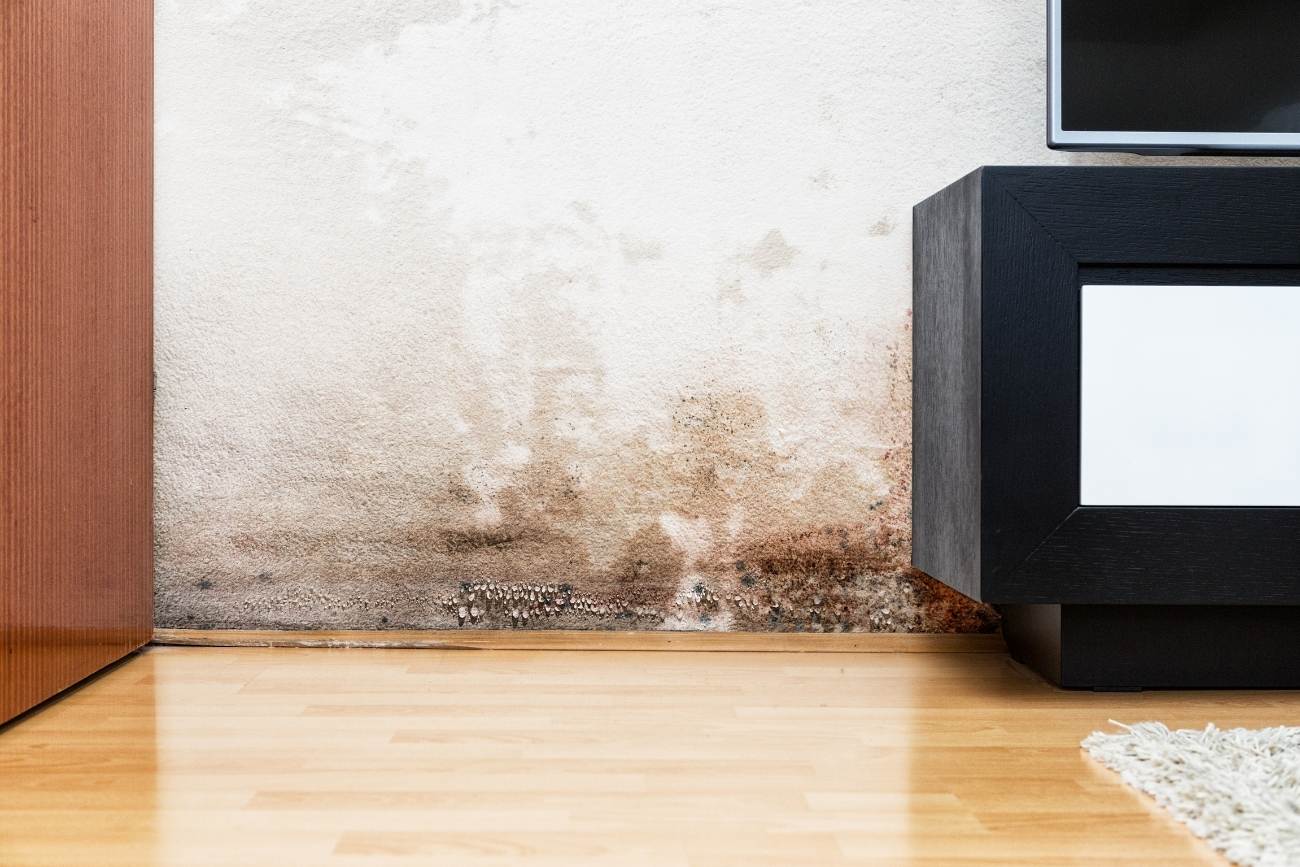Rising Damp or Condensation: What’s the difference?
It is easy to think of these two things as the same but there are actually notable differences which you should be aware of. The appearance is the obvious one when talking about comparisons; rising damp can be identified as water stained plaster along the base as the moisture travels up whereas condensation is generally observed as steam like substances on windows and mirrors. Now this is not the major difference as the effects both can have on the home is of much more significance.
Condensation
The cause of condensation is when water vapour has become too much for air to hold in terms of its temperature and thus becomes attached to cold surfaces e.g. windows. Areas where electrical items which produce heat and steam are used frequently are primary causes for this occurring. Proper ventilation is required to significantly reduce the appearance of condensation but even then it will generally occur for a moment’s time. If you do not have an appropriate ventilation system in place or undertake manual ventilation techniques, such as leaving windows and doors open whilst using appliances, then you run the risk of constantly accumulating condensation within your home. This can lead to a number of hazardous scenarios presenting themselves.
- Mould
- Dry rot
- Wet rot
- Woodworm
Rising Damp
This can occur from moisture becoming trapped within the structure s of a property which may be as a result of condensation or intrusive outside elements. Damp living conditions are a leading trigger for people with allergies especially when a fungal growth presents itself. Bacterial spores can latch onto the skin causing rashes or infections and get into a person’s respiratory system leading to numerous health risks. Those with asthma are likely to have their conditions extremely heightened in by indoor moisture as well. Other risks are similar to that of condensation such as mould, timber rot and woodworm. There are simple steps you can take to avoiding dampness from becoming a problem such as regular cleaning of the walls with anti-bacterial soap and appropriate ventilation.


